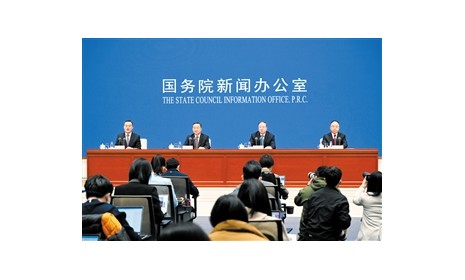食品伙伴网报道,据美国食品质量新闻网消息称,根据最新调查,目前在欧美,具有动物福利标签的产品和可靠的检测方法可满足不断增长的消费群体的特殊要求,即使此类食品价格相对较高,消费者依然买账。
食品研究者们判断一种食品会侧重于检测方面,一般通过pH、色泽、化学成分,而消费者则侧重于感官方面,比如味道、气味、外观和质地。然而,现在消费者们的判断依据又增加了被称为信任因素的成分,这种信任因素依据于认知或者营销,但却不是在消费者进行消费的那一刻。信任因素包括营养值以及在整个产品生产过程中的福利标准。
调查者发现,欧美的消费者选择食品越来越多的依赖外在因素以及信任因素,并且动物福利问题在社会问题中也变得日益重要。去年欧盟委员会对数字标签进行了概述,其意图是帮助消费者识别动物福利产品和激励生产者改善福利。而目前,在欧盟做动物福利属于自愿行为,没有统一的计划,而这会是消费者在各标准之间产生混淆。而欧盟目前准备实施统一的标签体系。
最近的2项调查表明,动物福利正在越来越多的关注,目前在英国的消费者心中,最令人忧虑的问题,已不再是食品添加剂,而是动物福利问题,占调查人数的40%(其中占女性消费者的46%和男性消费者的34%)。
原文报道:
Review finds reasons for standardised welfare labelling
By Jess Halliday, 17-Aug-2010
Welfare labelling of animal-based products and reliable monitoring methods could help meet growing demand for specific consumer segments, and promote higher incomes for those welfare food supply, according to a review.
The quality of animal-derived foods can be discerned in different ways. According to the review authors from Università della Basilicata in Potenza, Italy, food scientists tend to measure aspects like pH, colour and chemical composition, whereas consumers look at sensory aspects like taste, odour, appearance and texture.
However consumers are increasingly basing their views on so-called credence factors which are based on perceptions or marketing claims, but which are not evident at the moment of consumption. Credence factors include nutritional values, and welfare standards adhered to during the production process.
The reviewers found evidence that consumers are relying more and more on extrinsic clues and credence factors, and that animal welfare is becoming increasingly important in the hierarchy of societal issues.
They found evidence that “if expectations are negatively dis/confirm/ied, the hedonic ratings and consumer willingness to pay move towards the expectations induced by information on animal welfare according to the sensitivity of different groups of consumers”.
They also suggest that labelling, together with scientifically validating monitoring schemes that cover the whole production process from farming to slaughter, could help promote higher incomes for farmers and enterprises specialising in welfare foods, as consumers are prepared to pay more for such products.
Legislation, on the other hand, can set minimum welfare standards but cannot provide that price advantage.
“Further studies are needed to verify whether the premium consumers place on animal welfare friendly products in terms of willingness to pay is at least as large as the price premium needed to cover the extra costs linked to increased animal welfare standards,” they wrote.
Ideas for Europe
Last year the European Commission outlined a number of labelling options to help consumers’ identify animal welfare-friendly products and incentivise producers to improve welfare.
Voluntary animal welfare schemes in the EU do exist, but there is no harmonised scheme and there is confusion amongst consumers about the standards they represent. Schemes in use include organic labelling, schemes run by various animal charities like the RSPCA’s Freedom Food, retailer’s schemes, and other marks like the Red Tractor, which may only refer to minimum legal requirements.
EU Health Commissioner Androulla Vassiliou drew attention to the benefits for the food industry, saying better labelling would be a “win-win” for consumers and producers.
“Producers applying higher standards can market their products more effectively,” she said.
It is also suggesting that a European Network for Reference Centres be established.
Top worry
Two recent surveys indicate that animal welfare is playing a greater role in food purchasing decisions in the UK, beating food additives as the most worrying issue in consumers’ minds.
Market researcher Mintel has found that as many as 4 in 10 UK shoppers say they are concerned about animal welfare overall - 46 per cent of women and 34 per cent of men. The other big concerns were British origin (a priority for 37 per cent), and food additives (36 per cent), and desire for locally produced foods (35 per cent).
Meanwhile, data analysis by charity Compassion in World Farming from the 12 months up to 22 March 2010 showed an increase in sales of free range, barn and organic eggs compared to the previous year – from 62.2 per cent to 66.4 per cent.
Sales of higher welfare fresh chicken meat were also seen to have absorbed more of the growth in the chicken market. They increased 22 per cent in the last year, while standard chicken say only 0.1 per cent year on year growth.
原文地址:http://www.foodqualitynews.com/Public-Concerns/Review-finds-reasons-for-standardised-welfare-labelling
日期:2010-08-20
















